
The Nissan 370Z is the little brother of the awesome GT-R. We umm, drive it. Sort of
Story Harmaan Madon Photography Adhish Alawani
What is one
kilometre? In you’re a toddler and have to walk, it’s a long way. By taxi in Mumbai, it’ll cost you 14 rupees and could take you anything between five to 15 minutes. A healthy adult could jog this distance in under five minutes and the world’s best athletes will cover a kilometre in just over two minutes. In a Nissan 370Z, however, one kilometre is A Very Short Distance.
Never mind, we’d make the most of it then, as a few full bore launches were testament to. Mind you, we had the car for but one hour and needed to take some pictures as well.
What do you make of a car in such a short span of time? For one, the engine is a gem. This 3.7-litre V6 revs close to a giddy 7500rpm redline, with its max power of 333PS coming in at 7000rpm. It’s a smooth and willing engine and is happiest in the upper half of its rev band. This engine, designated VQ37VHR, has been voted the best engine in its category for ten years running and you can tell why. The valvetrain boasts of something Nissan calls VVEL or Variable Valve Event and Lift. The system works by regulating air pressure in the air intake depending on the inlet valve placement to prevent any negative pressure on the inlet side of the system. Nissan claims this is different to other systems since there isn’t a separate throttle valve to control pressure. The net result is an engine which feels ultra responsive but with a beautiful, smooth touch to it.
With the VDC switched off and the gearlever in Sports mode, we were well past the double ton mark a little more than halfway down the road. The Z’s accelerative prowess calls for adequate retardation too, and in this department the 370 doesn’t disappoint either. The pedal is firm yet feelsome, and the car tracks straight even when you stomp on the middle pedal. We didn’t notice any fade even after a few hard stops, so we can vouch for the brakes as well.
 But what of the handling? Sorry dear readers, for that, we’ll have to wait for a proper test with roads that turn both right and left and hopefully in quick succession. Show us a road with Z-bends and let’s see what the 370 can do then.
But what of the handling? Sorry dear readers, for that, we’ll have to wait for a proper test with roads that turn both right and left and hopefully in quick succession. Show us a road with Z-bends and let’s see what the 370 can do then.
The car we drove was the seven-speed automatic transmission version, although Nissan says the six-speed manual will also be available. The manual variant features something Nissan calls Synchro Rev, which automatically blips the throttle when you downshift so you don’t have to actually heel and toe. We didn’t get our hands on this one either. The seven-speed auto was what Nissan let us loose in and so we contented ourselves with the lovely paddles. They’re not exactly lightning quick on changes, but they do add a lot of involvement and drama to the driving experience. Best of all, downshifts elicit a heroic blip of the throttle.
If there’s something about the Nissan we didn’t exactly like, then it was the quality of the interiors. The plastics, particularly on the centre tunnel, are not befitting a car of this class especially not at this price tag. Nissan has priced the 370Z at Rs 53.5 lakh, ex-showroom, for the manual while the auto is a lakh more. Now that’s a lot of money and at this price we want a better finish, especially since Nissan went on about the Z being ‘good value’.
The 370Z will be a halo car for Nissan in India and of course it comes with a pedigree and 40-year heritage that few can fault. It may not have the badge snobbery of others in its class, but it is a compelling and attractive proposition in its own right. Now, if only we could drive it for any real distance can we give you the complete picture.
 Samurai tech ñ retro engineering revisited
Samurai tech ñ retro engineering revisited
The Rays alloy wheels on the Z are forged using a process similar to that used for Samurai swords. According to Nissan, this allows the wheels to be both light and extremely strong for their weight.
The Z line
This is the sixth gen Z car. The original Z car was the Datsun 240Z (Datsun was what Nissans were marketed as in the United States), launched
in 1969. Since then, there have been the 260Z, 280Z, 300Z and 350Z. The numeric nomenclature alludes to the cubic capacity.









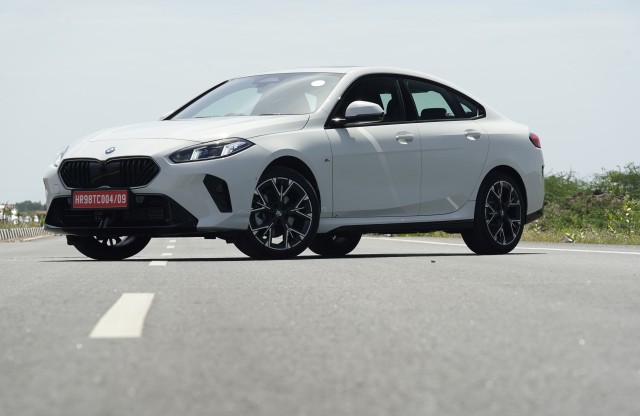
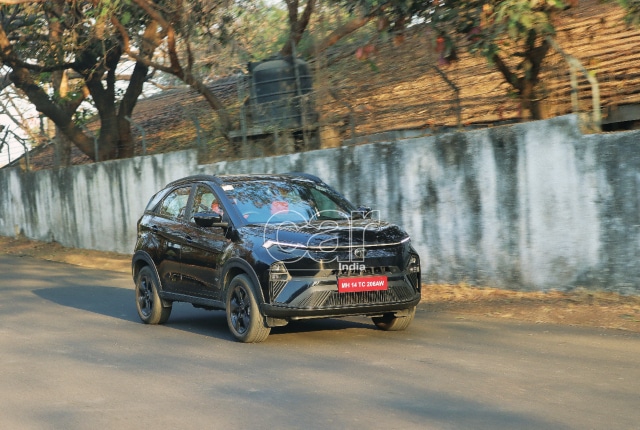

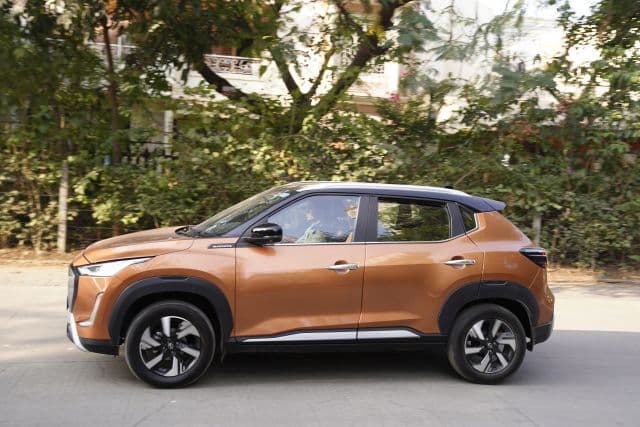
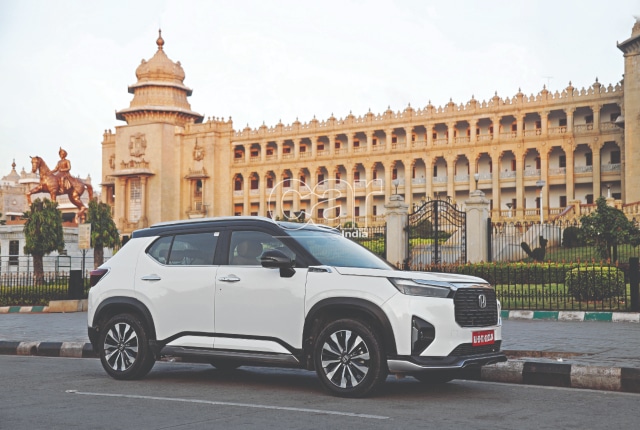
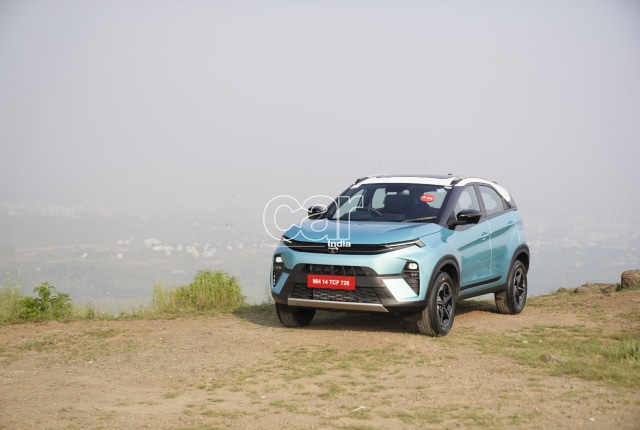
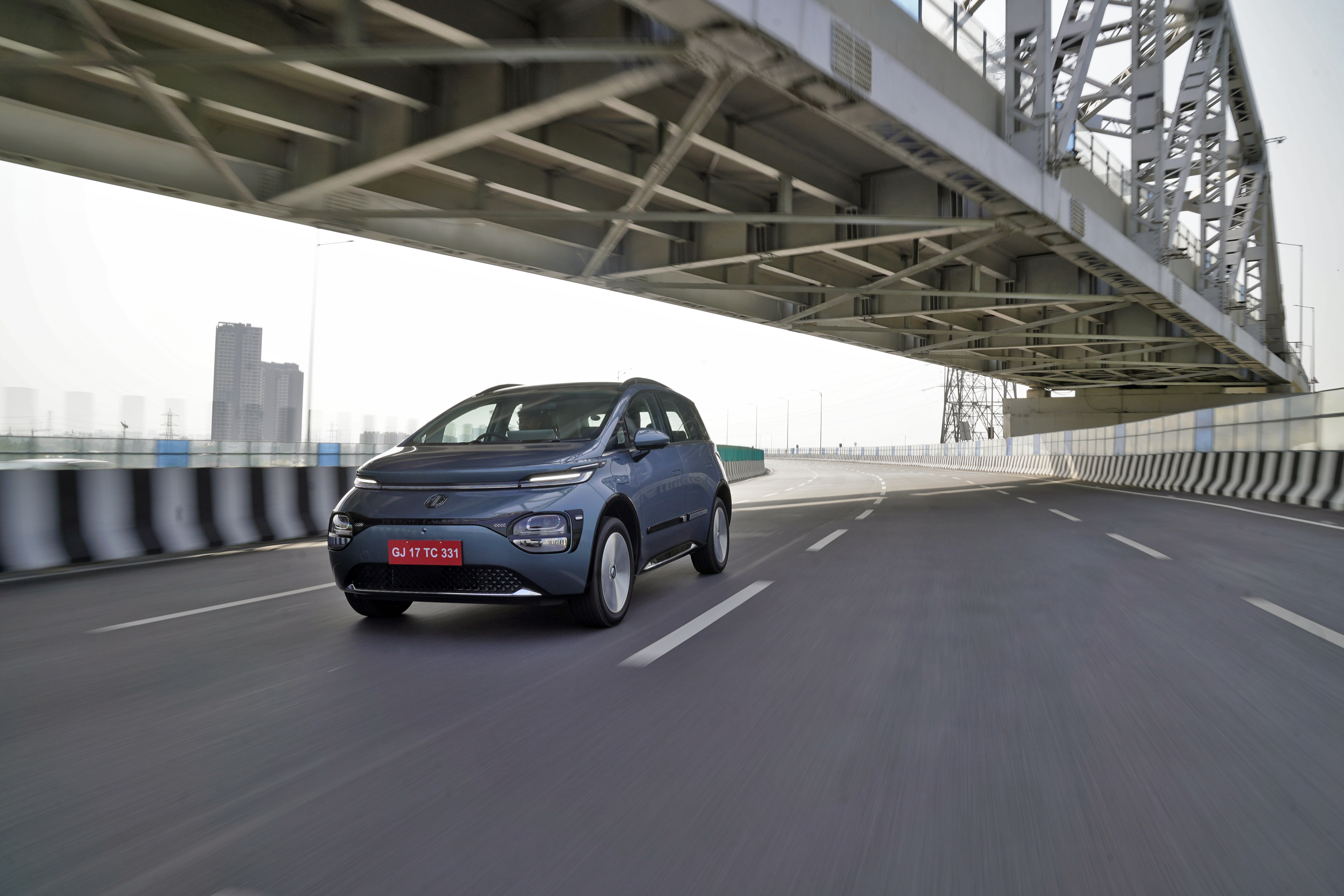
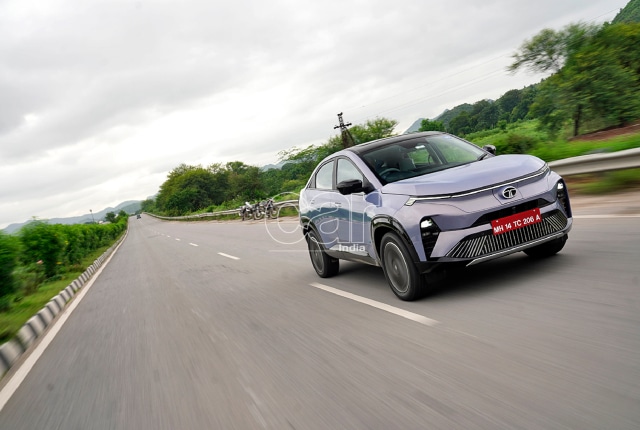
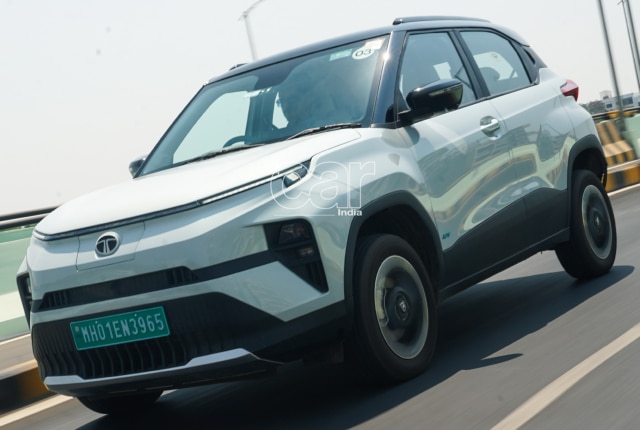




Leave a Reply